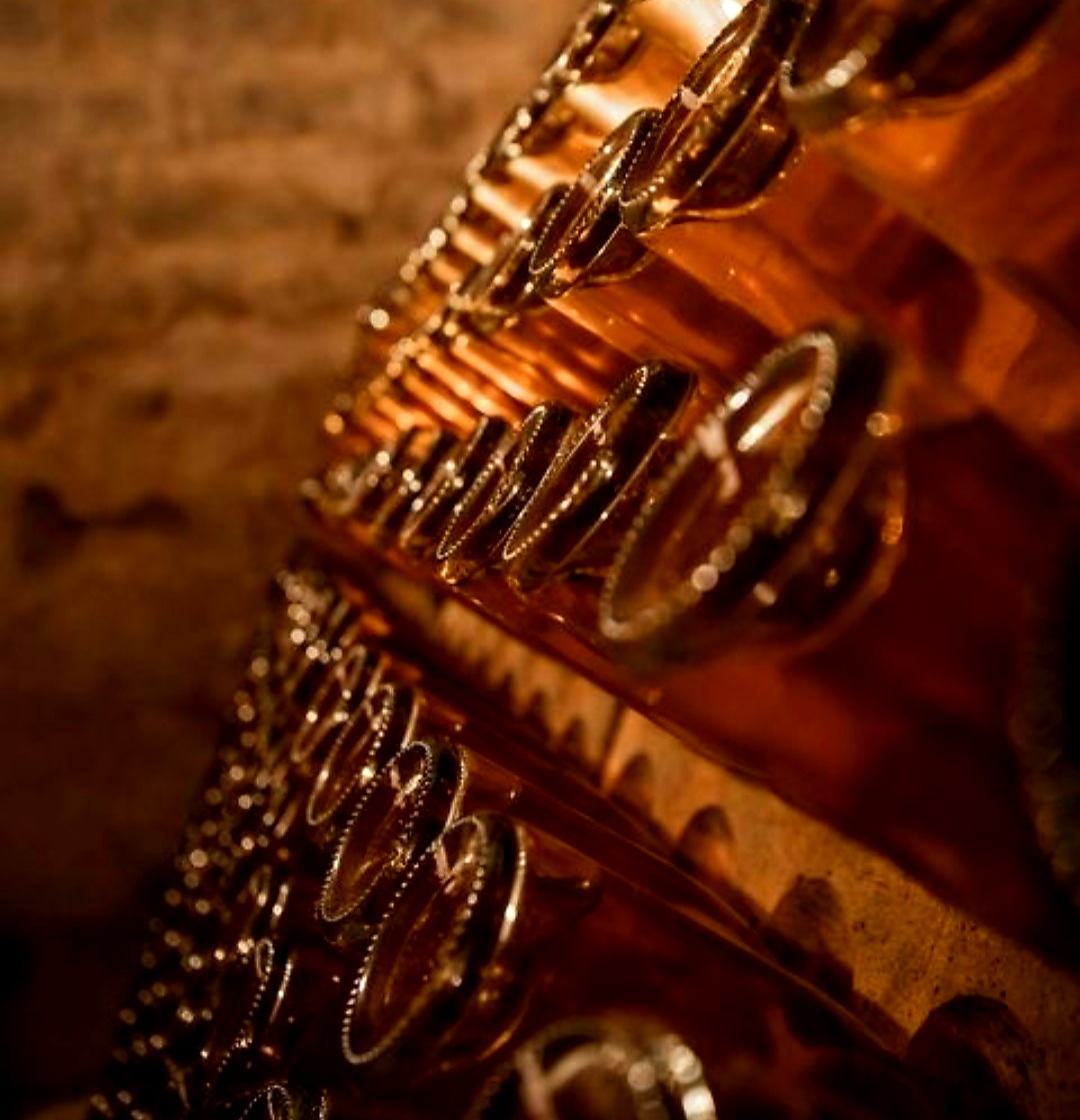The Wolf Post, supported by a Cultural Association, offers a professional service with free access, without subscription.
For this reason, a donation would also be a sign of appreciation for our work.
What makes Cava sparkling wine special? A set of elements ranging from the vineyard to the landscape, to the climate and, of course, to the soil.
What differentiates Cava from other sparkling wines is the production method, the so-called traditional method, which gives the Cava the main characteristics for which it is appreciated in the world.
The traditional method (also known as champenoise) is characterized by the second fermentation in the bottle, unlike most of the sparkling wines in the world that use other methods.
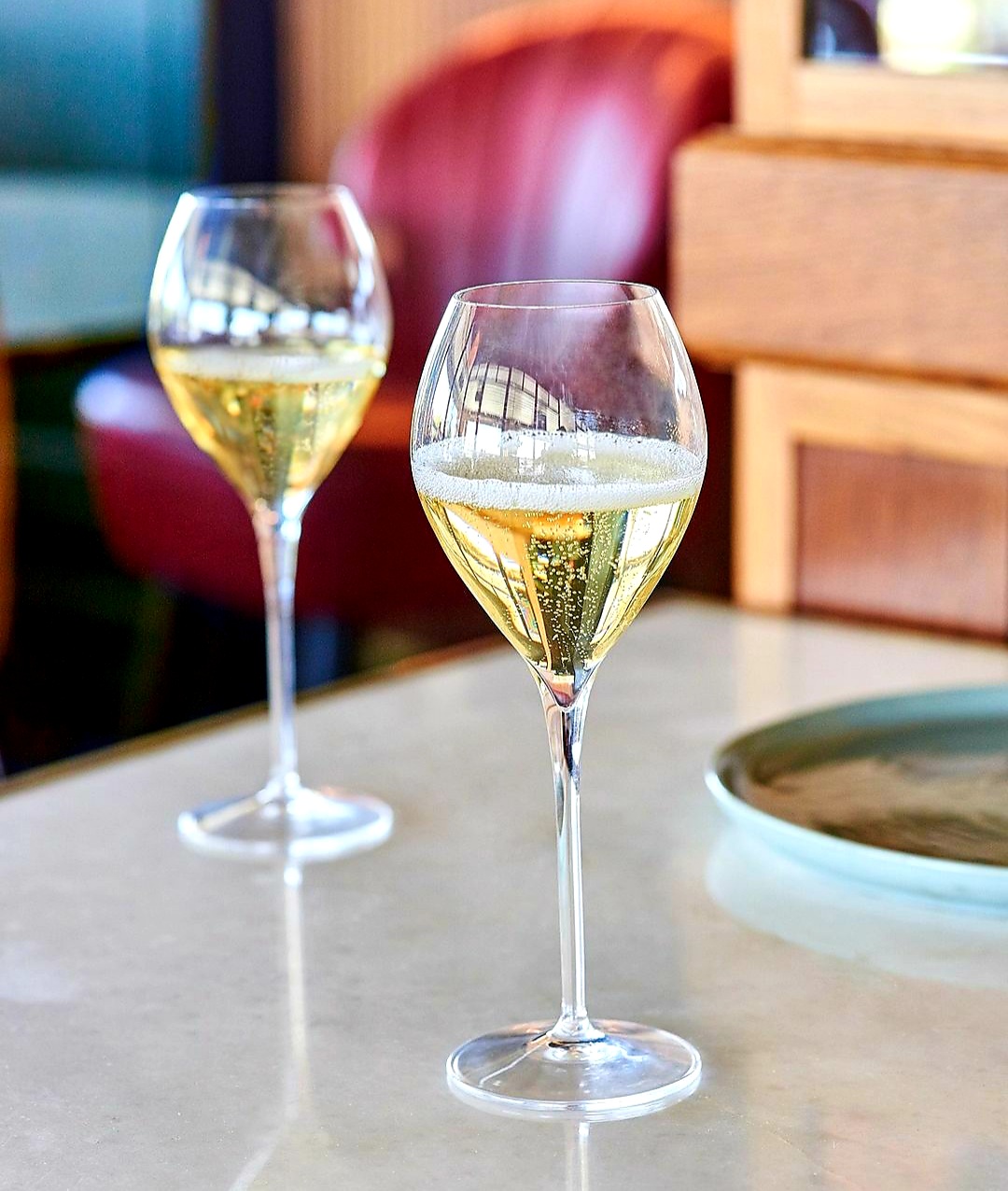
© D.O. CAVA
The harvest season for making Cava usually takes place in August. A manual and mechanized harvest with the best floral musts that carry out the first fermentation separated by variety (mostly, in stainless steel tanks).
Each producer creates the desired blend according to the Cava he wants to produce. The wine obtained is clarified and stabilized. Once the base wine is bottled, tirage is added, that is the mixture of yeast and sugar that will allow the second fermentation in the final bottle. Once hermetically sealed, the bottles are stacked horizontally (in piles) in the cellar where they will rest, with constant humidity and temperature, for a minimum of 9 months.
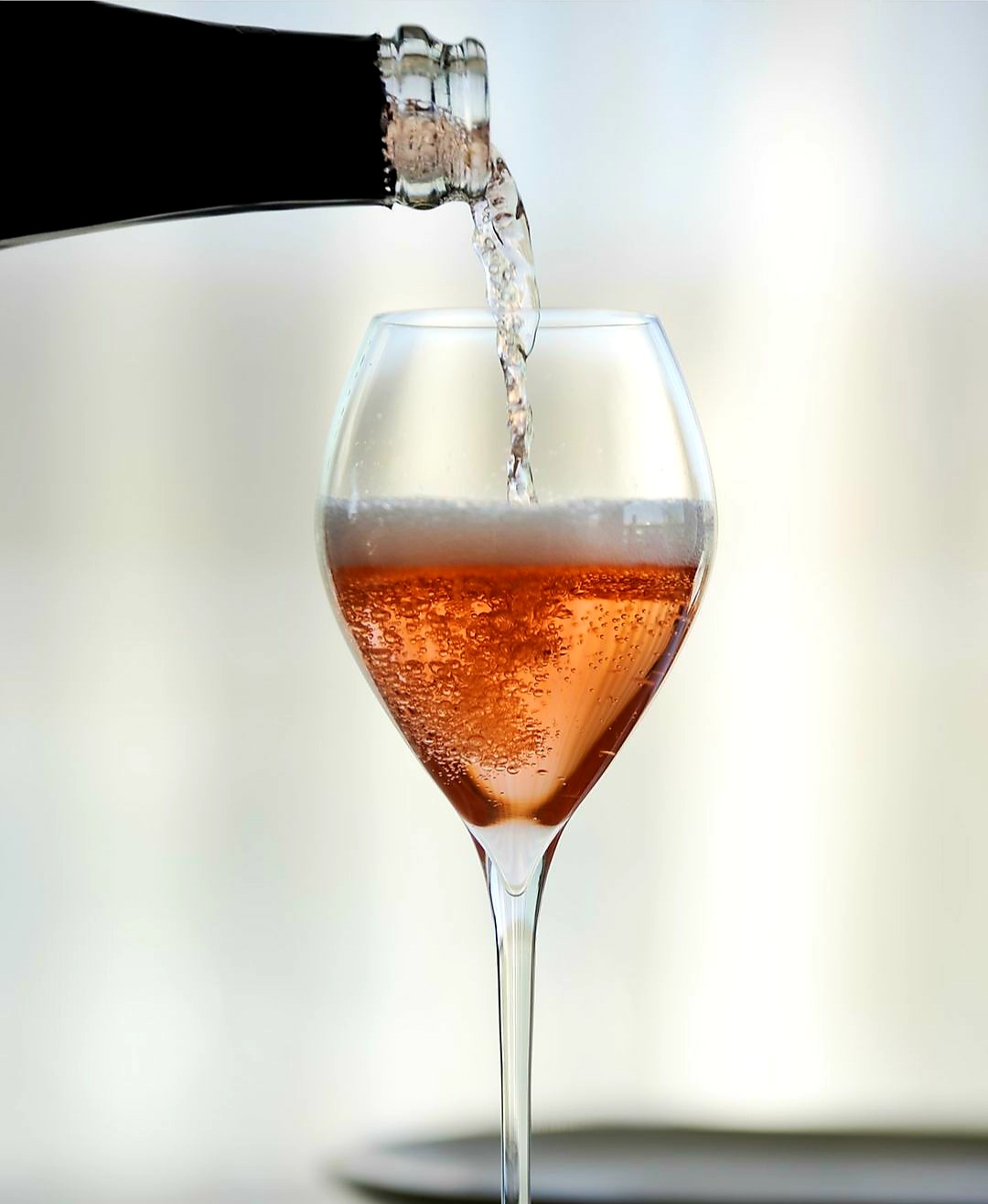
© D.O. CAVA
The sediments deriving from the exhaustion of the yeasts are deposited in the neck of the bottle thanks to the daily rotation which, manually or automatically, is carried out on benches or in cages that activate the gyro-pallets. The bottle is in the “tip” position.
Sediments are removed manually or mechanically, usually by freezing the neck of the bottle, so that when the plate is removed, solid sediments are easily removed.
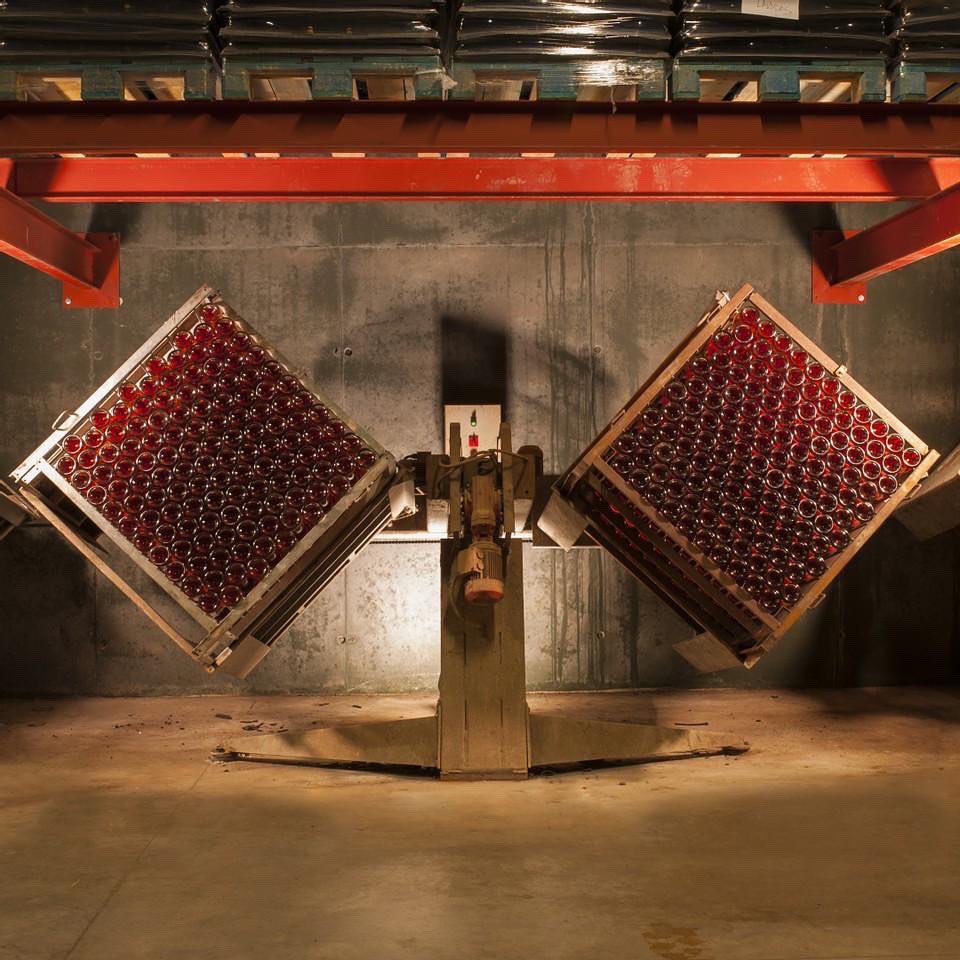
© D.O. CAVA
Wines and sugars are added (except for the Brut Nature) to replace the liquid lost in the disgorgement. At the end of this phase, the definitive cork stopper is inserted by pressurization and, to prevent the internal pressure from pushing it out, a metal cage is fixed to the top of the bottle neck. Once the correct label has been inserted, indicating the type of Cava contained in the bottle, it is ready to be consumed.
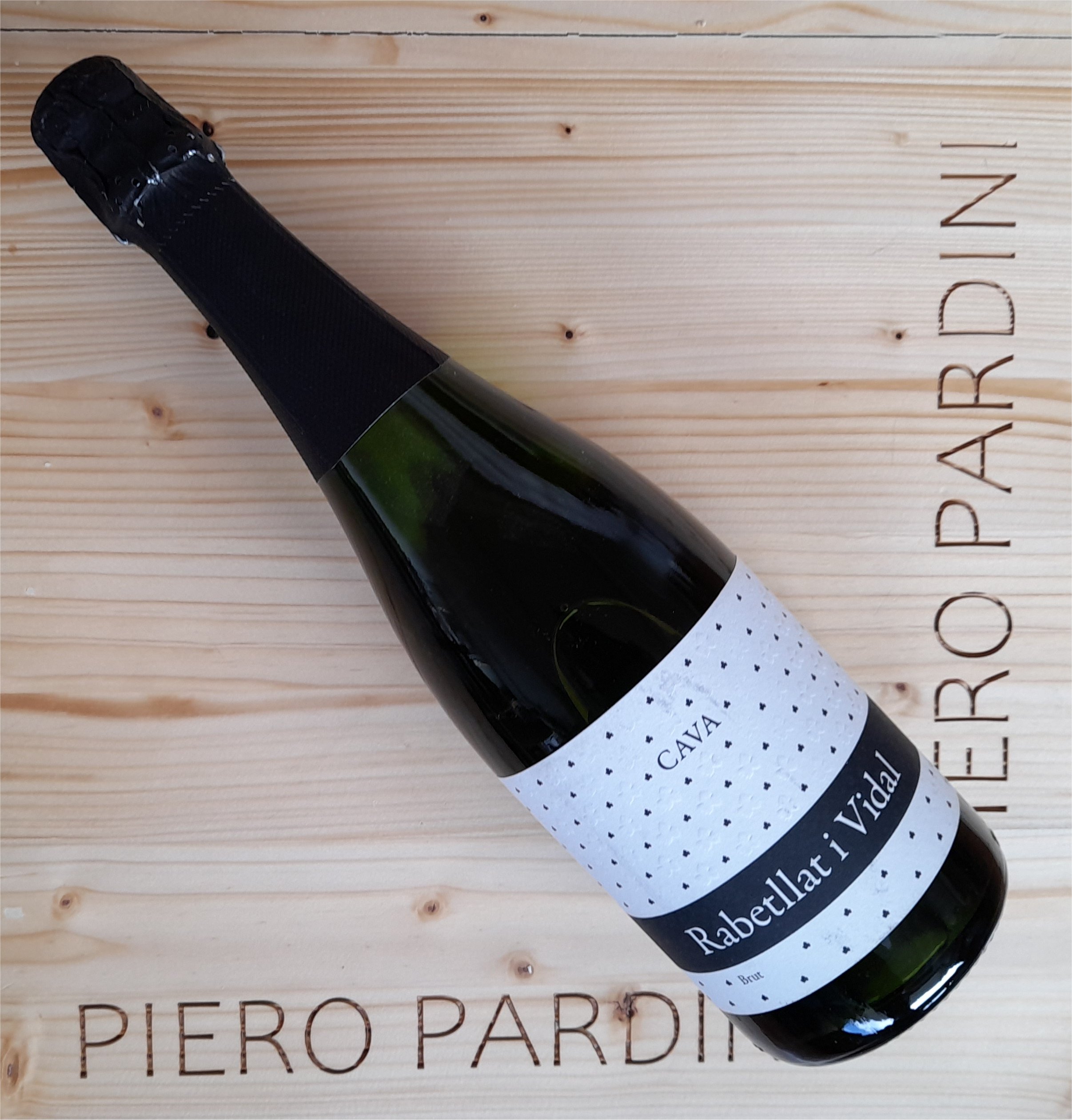
© Piero Pardini – The Wolf Post – Tuscany – ITALY
Finca Ca n’Estella, a family-run winery, offers an important variety of Cava. The Cava suggested by Piero Pardini is Cava Rabetllat i Vidal Brut. A Cava that on the palate “is pleasant and very fresh. The acid component is good and the citrus aftertaste is very persistent. A champion of fine quality.”
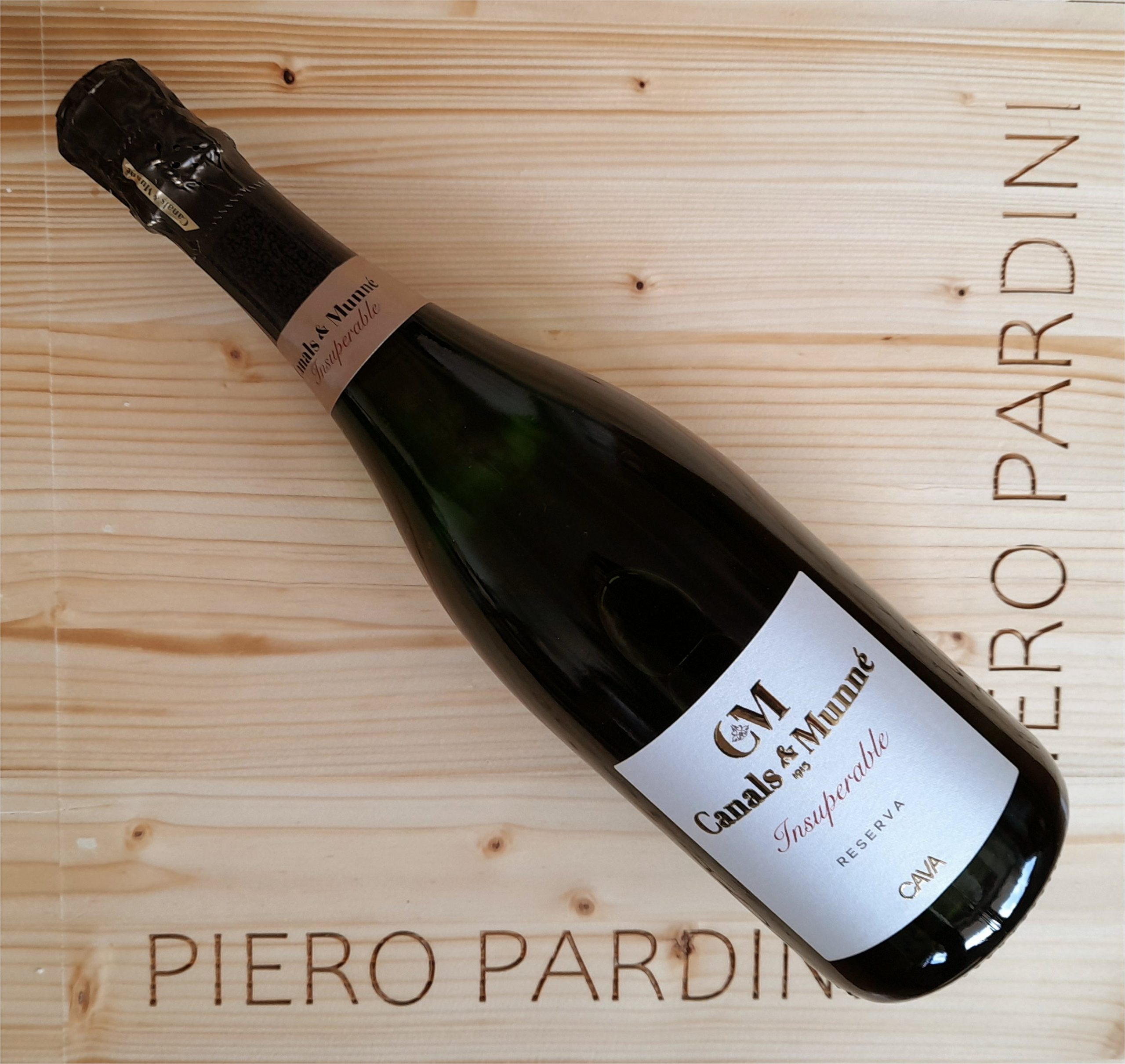
© Piero Pardini – The Wolf Post – Tuscany – ITALY
Canals & Munné, a small Catalan family business, has been producing wines and cavas since 1915. Piero Pardini’s review of Cava Insuperable Reserva 2019 describes: “The very fresh sip, acidity and flavor give pleasant sensations on the palate, inviting a new sip. Very persistent citrus notes remain in the mouth.”
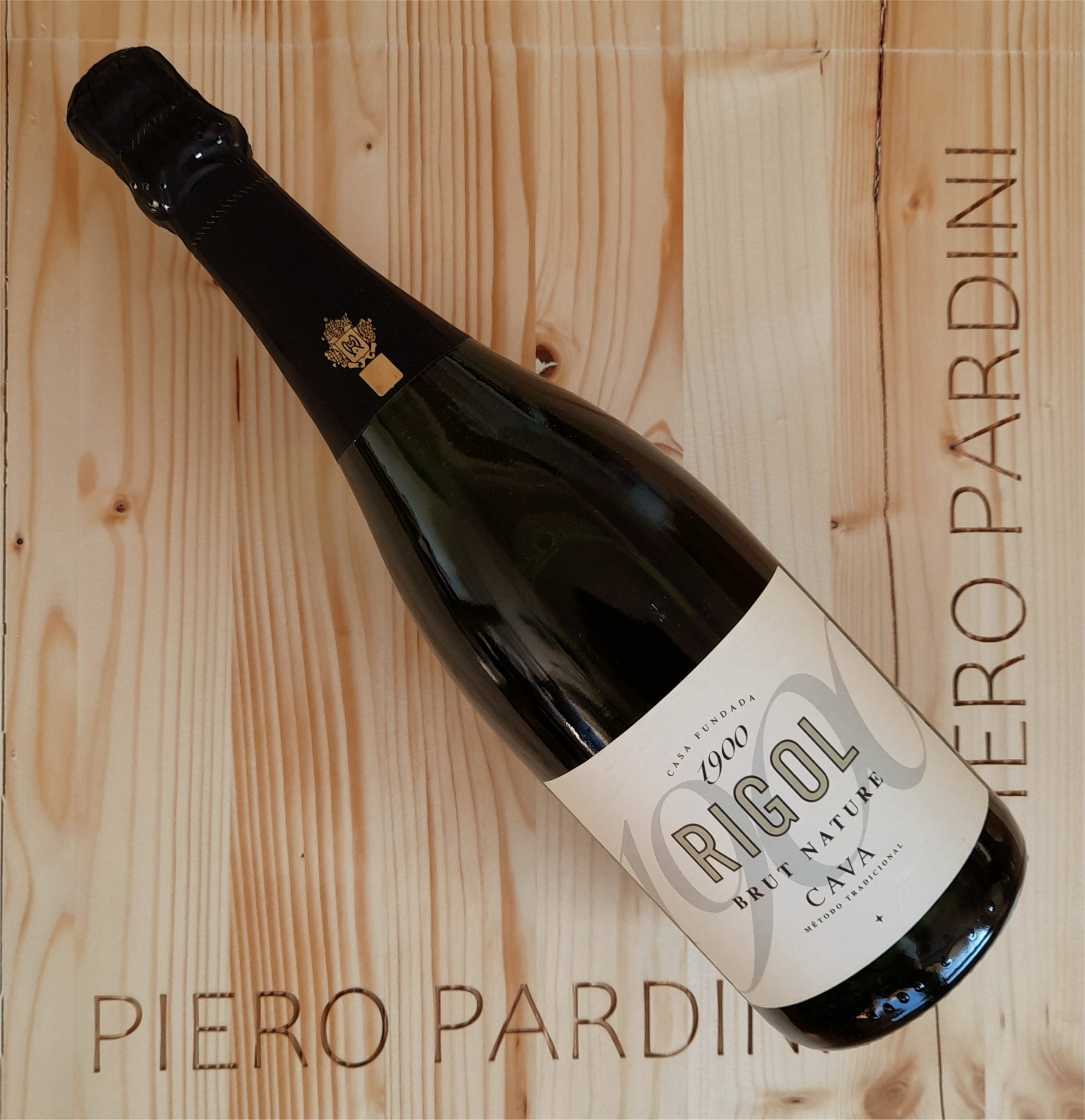
© Piero Pardini – The Wolf Post – Tuscany – ITALY
Cava Maria Rigol Ordi, a historic company dating back to 1897, proposes, among others, a Brut Nature that we suggest in the review by Piero Pardini, of which we report some excerpts: “The nose is a scent of fruity aromas. Floral notes of white flowers open, followed by hints of fruit such as peach and fresh citrus, pastry nuances.”


